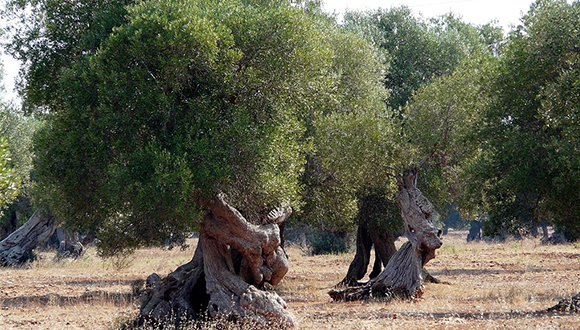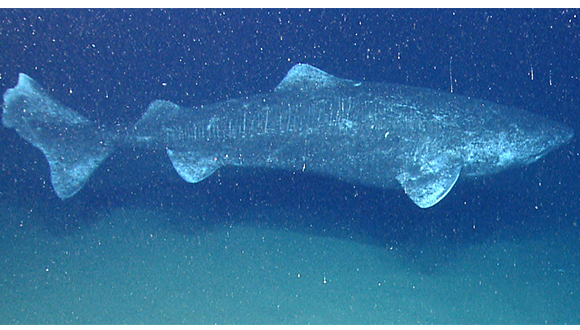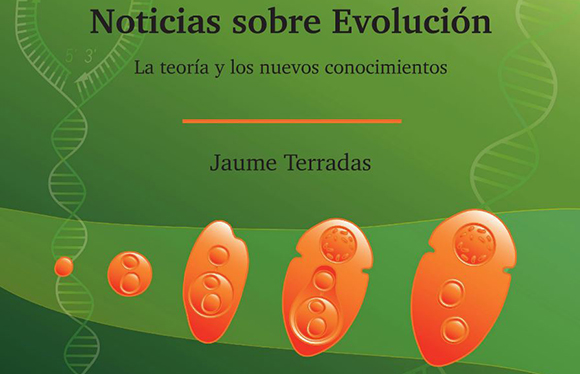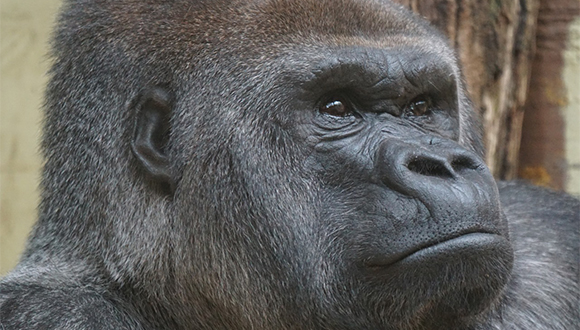Some updates
In this new article, Jaume Terrades presents new information and updates some of his posts that he has written in his section.

1) In my first article for this blog, I referred to the epidemic of Xylella fastidiosa that kills the olive trees in the Puglia, southern Italy, and to the unfounded accusations that were made against a research center as being guilty of having accidentally released the pathogen that attacks the xylem of trees. The disease can affect vine, oaks, almond and other three hundred plant species.
Rodrigo Almeida in Science on July 22 this year explains that, using phylogenetic techniques, it has been shown that the infection came from Costa Rica, with infected coffee plants that reached European ports. Coffee plants imports from Costa Rica and Honduras have been banned. Meanwhile, infected plants have been found in Corsica and France with genotypes different from the Italian ones and in a non-epidemic phase.
Control is possible by quick action, (removing plants 100 meters around and attacking the vectors), but for the Puglia it is already too late. Olive trees can take over a year to show symptoms and, while, can infect vectors and these can extend the disease. While the EC calls for the removal of trees, the population says not, local politicians don’t act and justice is slow.
Almeida argues that, for social and culturally important plants, solutions cannot be only technical, a broader perspective is needed. In the Puglia, some olive trees were planted after the birth of family members and the emotional implications are strong. A directive forcing to remove trees that are central to the local culture can not succeed without consensus. The point is that this should be done very quickly. In the Puglia the war is lost and we don’t know where the front is, but certainly it is northwards the region where olive trees are now dying.

2) My last article treated about sharks. Nielsen et al. have published in Science, August 12th, a paper on a shark that lives in Greenland (Somniosus microcephalus), reaching 5 meters long but with a very slow growth: it can lives for 400 years, the most long-span of all known vertebrates!
The authors have analyzed the isotopes in the eye lens of 28 females to date them. These venerable animals, which are swimming in Arctic waters almost from the days when Cervantes and Shakespeare died, deserve respect, but their extinction risk by overfishing is high.
Moreover, Myers et al. published in Science on March 30, 2007 an article about the cascading effects of the decline, due to overfishing, of 11 large shark species that prey on other elasmobranchs. They studied between 12 and 14 species of these preys according to places and observed increases in their stocks and reductions in the stocks of elasmobranchs prays, often fishes and seafood of economic importance, with a profound alteration of the system.

3) One of the issues I treated in Noticias sobre evolución is symbiosis. In this field, developments are fast. In Science, July 22th, Moeller et al. show that many strains of intestinal bacteria have coevolved with humans and great apes in the past 15 million years, they diversified with hominids, and in a consistent way.
If this article highlights the importance of considering the role of microbes in the evolution of animals, including humans, another paper, published also in Science on July 29th, reinforces the complexities of the symbiotic phenomenon in the building of new forms of life. Spribille et al. have shown that in many lichens the cortex is not constituted by just an ascomycete but also by a yeast (basidiomycete). The function of this yeast is still unknown, and therefore we don’t know if it is a true symbiont, but we can strongly suspect that this is a new case of complexity: in this study, two species of relatives lichens do not show genetic differences: just in one of them the yeast is abundant and not in the other.
Margalef used to say, in Catalan, that life is "embolica que fa fort", by which he means that life is a funny complicated mess. An example even more amazing was published by Gavelis et al in Nature on July 9th, 2015: In the oceloid of dinoflagellates, a subcellular structure reactive to light that has parts analogs to the cornea, lens, iris and retina, the “cornea” consists of packed mitochondria and the "retina" of anastomosed plastids, so the whole structure is a chimera resulting from the integration of endosymbionts with different stories.
4) I devoted an article to the Post-humans. The growing role of robotics, the use of "machines" made, at least partially, with living tissues and genetic manipulation open the doors to new pathways of biological-cultural evolution, both fascinating and perhaps frightening.
Media have made popular a soft robot with an octopus-form (Octorob) made with a 3D printer. In Nature, July 8th, K.K. Parker explains his construction of a “ray” biohybrid nickel-size made with cells of mouse heart, silicone and fibronectin, an extra-cellular protein. With the aid of a virus, heart cells received a gene that was reactive to light. The robot ray moves in a nutrient solution at the appropriate temperature for mouse heart cells, which in fact function as muscles. With two laser pointers it is possible to move the fins and make the robot to avoid obstacles. The author acknowledges that this work is a game, but an illustrative one: he is interested in the building of living or semi-living artificial hearts and he approaches his aim.

5) The last note of this update is about a review by A. Belyayev published in the Journal of Evolutionary Biology. My friend Alejandro Martinez Abraín sent it to me. Belyayev signals that, under stress, massive multiplications of transposable elements (TE) have been repeatedly observed in the genomes of wild populations. These "bursts" of ET radically alter the genomes.
Such processes may have been involved in speciation and other important evolutionary changes. Among other examples, Belyayev mentions that, during the Primate’s evolution, between the Mesozoic and the Cenozoic, there were 74,000-93,500 insertions of this type. ET massive insertions can cause translocations, inversions, deletions, duplications and other chromosomal changes and, of course, phenotypic changes.
This increases the diversity, especially in small populations living in extreme habitats. Many aspects are still unclear, but it seems that there is a general feature: in response to changing environmental conditions, bursts of ET occur, and in that way genetic variation and thus evolutionary possibilities are promoted. Recall that a part of ET, retrotransposons, are very similar to viruses.
There is no day without exciting news in all fields of science... raising more and more questions and so opening new ways forward in knowledge. The great adventure continues.







